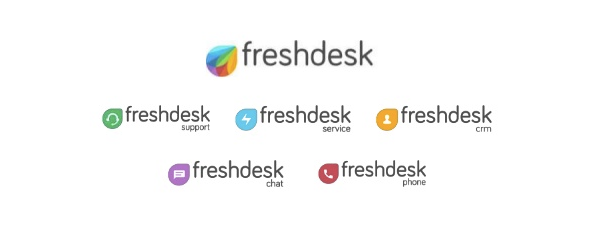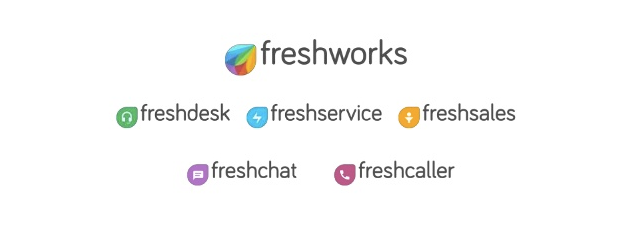Brand Architecture refers to the logical, strategic and relational structure for brands. It is defined as an integrated process of brand building through establishing brand relationships among branding options in the competitive environment.
Naming hierarchies or brand architecture can be tricky. Tricky because there is no right way of going about it.
What worked very well for one brand can be a disaster for others. The art is to choose the best architecture for your brand.
But why would any brand want to change something that is already working? And if one brand is doing well, wouldn’t they want to piggyback on its success?
Yes and no.
We might have to look at a couple of examples to understand this fix.
1. Johnson & Johnson

Over the years there are a few who got the naming hierarchies right — Johnson & Johnson(J&J) for example is one of them. J&J follows a Hybrid structure.
All of its baby products like soap, hair oil, lotion fall under the ‘Branded house’ architecture. Eg. J&J baby soap, J&J baby lotion etc.
While its products like mouth wash, skin care, and pain relief creams follow the ‘House of brands’ architecture. So instead of naming their mouth wash as J&J mouth wash, they chose to operate under the brand name Listerine.
In an interview to Adweek, Jerry Thomas, CEO of research firm Decision Analyst said, “It was to the company’s benefit that the average person on the street isn’t aware that J&J makes most of the products that it makes. Which gives J&J a lot of protection as a company because there are hundreds of brands that operate semi-autonomously, semi-independently, and they are not closely tied or identified to J&J.”
To reiterate the point. Honestly, how many of us knew that Bengay, Benadryl, Bandaid, Neutrogena or even Nicorette(coated chewing gums that help people quit smoking) is a part of the J&J family?
Surprised?
If you think about it, most of you will agree that centralised messaging or piggy backing on existing brand isn’t always the best strategy, especially if you sell both baby cosmetics and smoking cessation products.
But, the converse is also true if you are addressing a niche like — baby cosmetics. As a consumer, wouldn’t you be more willing to buy other baby care products from the same brand which you have been buying baby soaps?
This is the precise reason why J&J follows a Hybrid architecture.
2. Freshworks
Even in the tech business, Freshdesk, rebranded to Freshworks Inc., to fuel its dream to be a multi-product company.
Freshdesk started up as a customer help desk company. Being a single product company, at the time, Freshdesk was the name of both the company and the brand. With time, the team wanted to build to other products.
Freshdesk being a runaway hit, ideally, the company would have wanted to retain the brand name for every other product that they wanted to develop.
The straight forward option would have been a ‘Branded house’ naming convention as described in the picture below.

Even though the above option looks like an obvious choice, the team knew that the people using Freshdesk think of it as a customer support software rather than a being a business software suite.
In CEO Girish Mathrubootham’s words, “We realized that the Freshdesk brand was limiting our ability to tell customers what we were all about because Freshdesk was both the product brand and the company brand and most people knew Freshdesk as the customer support product. Now that we have multiple products, we felt that the Freshdesk brand was not doing justice to the other products.”
So to support the multi-product dream, Freshdesk had to rebrand into something that defines more than just customer support.
That’s where Freshworks fills in the gap. Freshworks’ narrative is that it freshens up business software the same way Freshdesk refreshed customer support.

So, it definitely makes sense when Freshworks opted for the ‘House of brands’ architecture where Freshworks will be the parent brand and others will be individual products/sub-brands.
This rebranding helps Freshworks to segment their messaging(based on products) so that each of their target audience hears what they want to hear and get what they’re looking for.
Conclusion
Looking at the above rebranding stories, it is clear that there is no one way of choosing the right architecture. Naming hierarchy is all about picking the right architecture for your brand based on your business needs.



